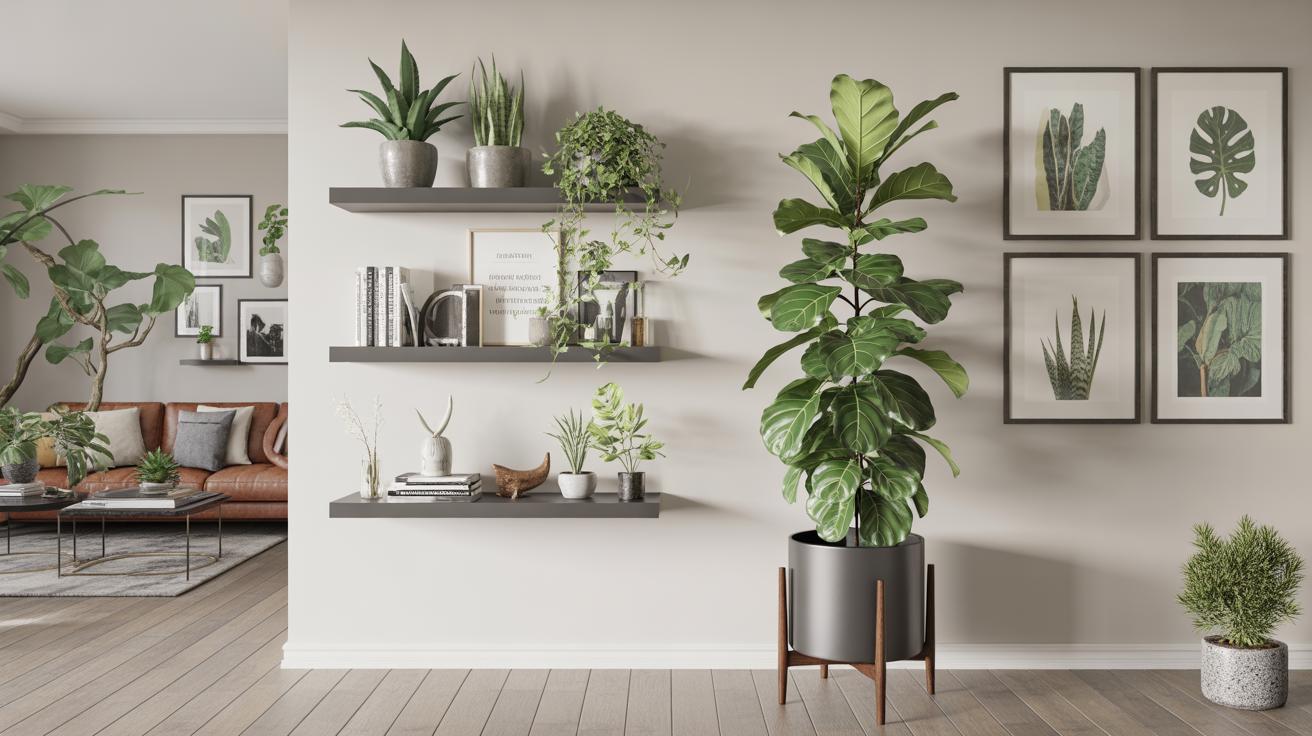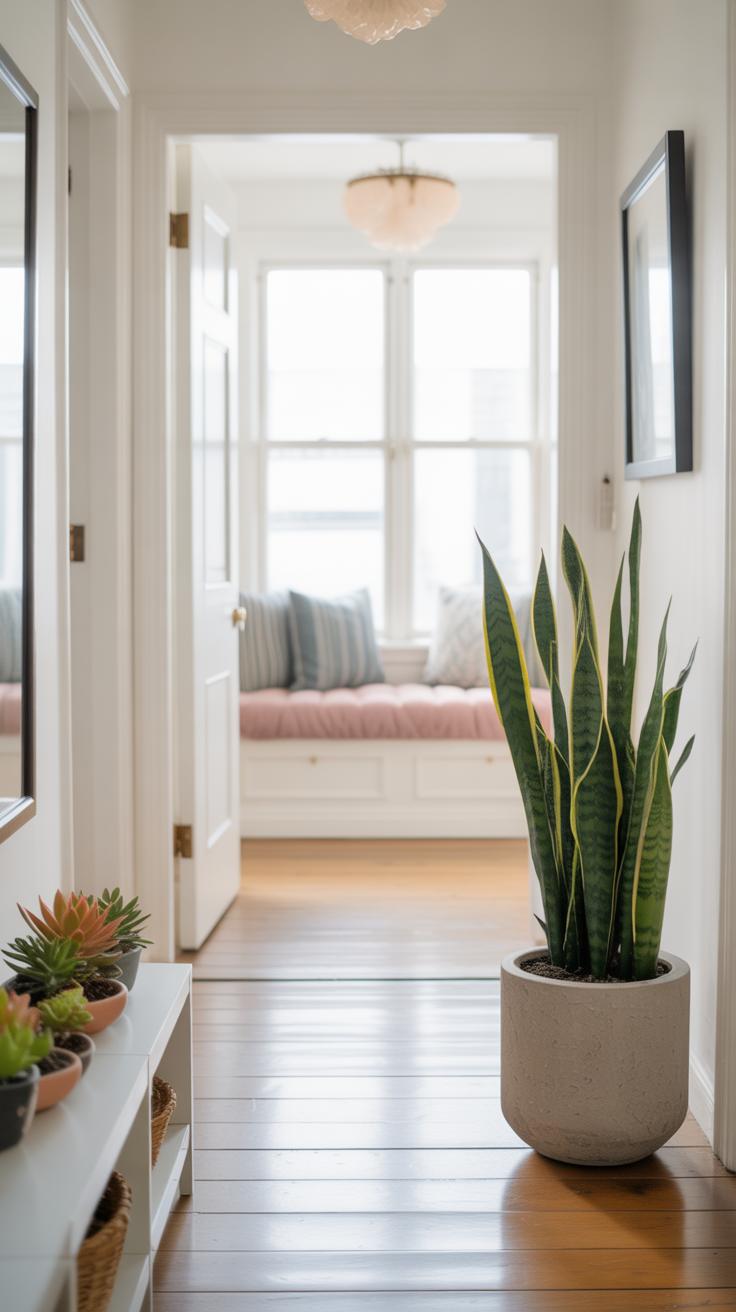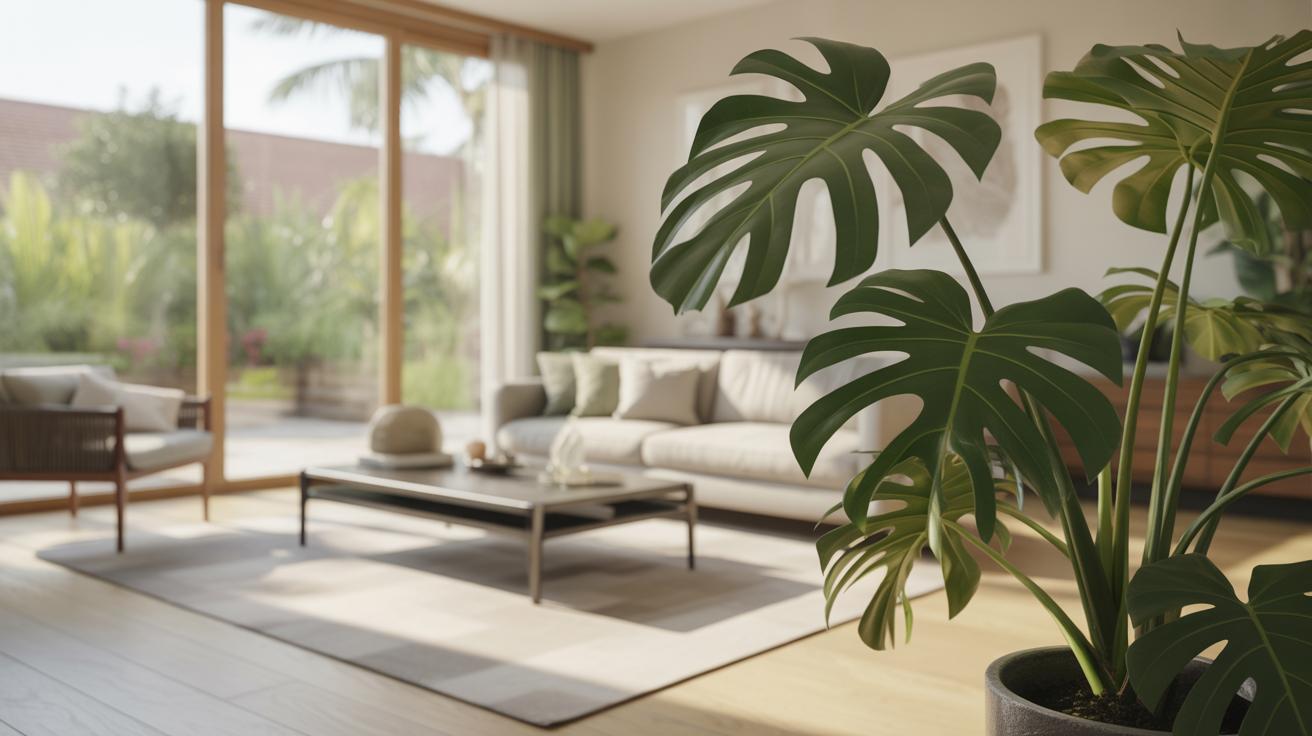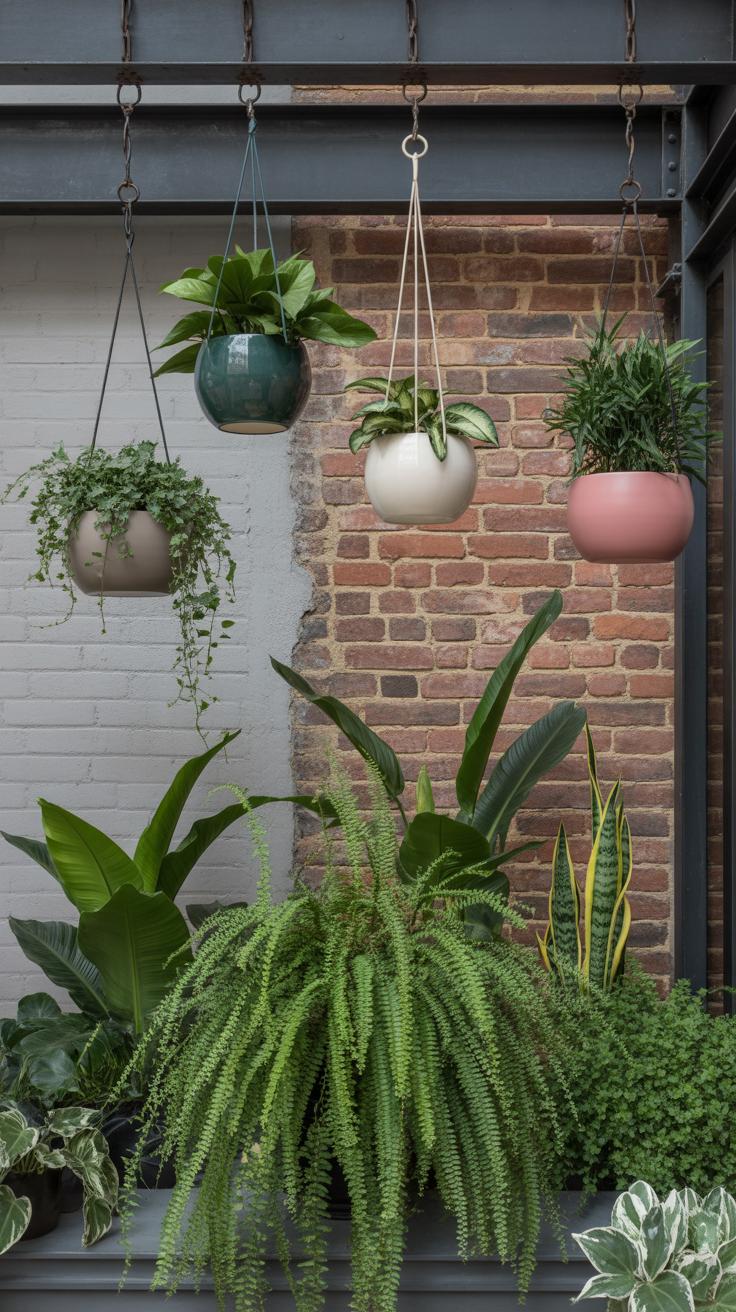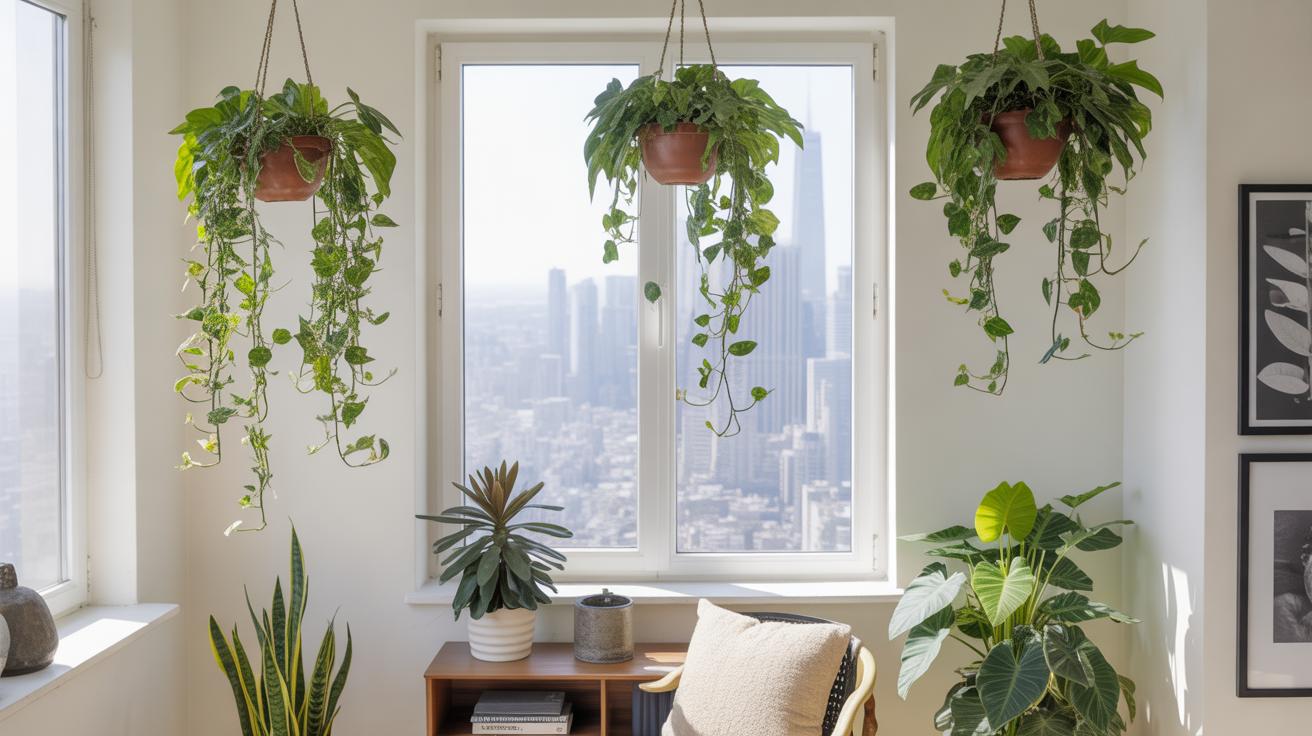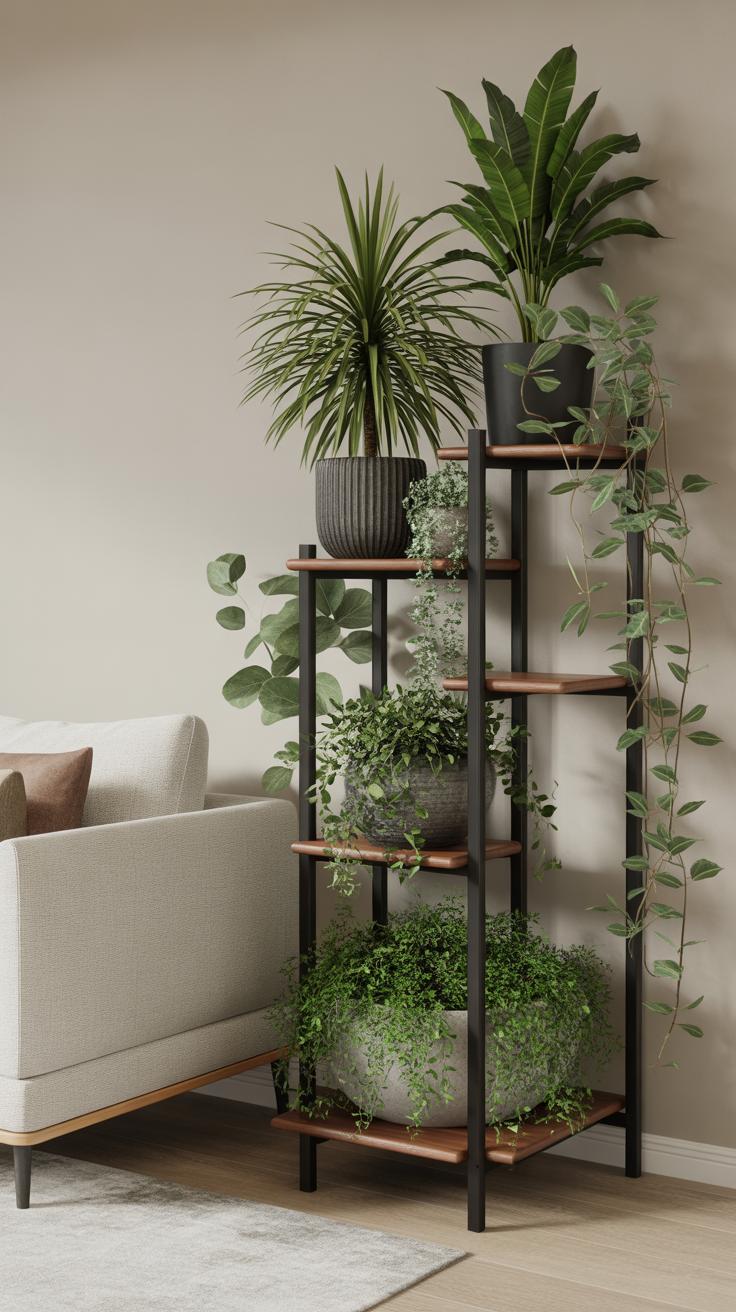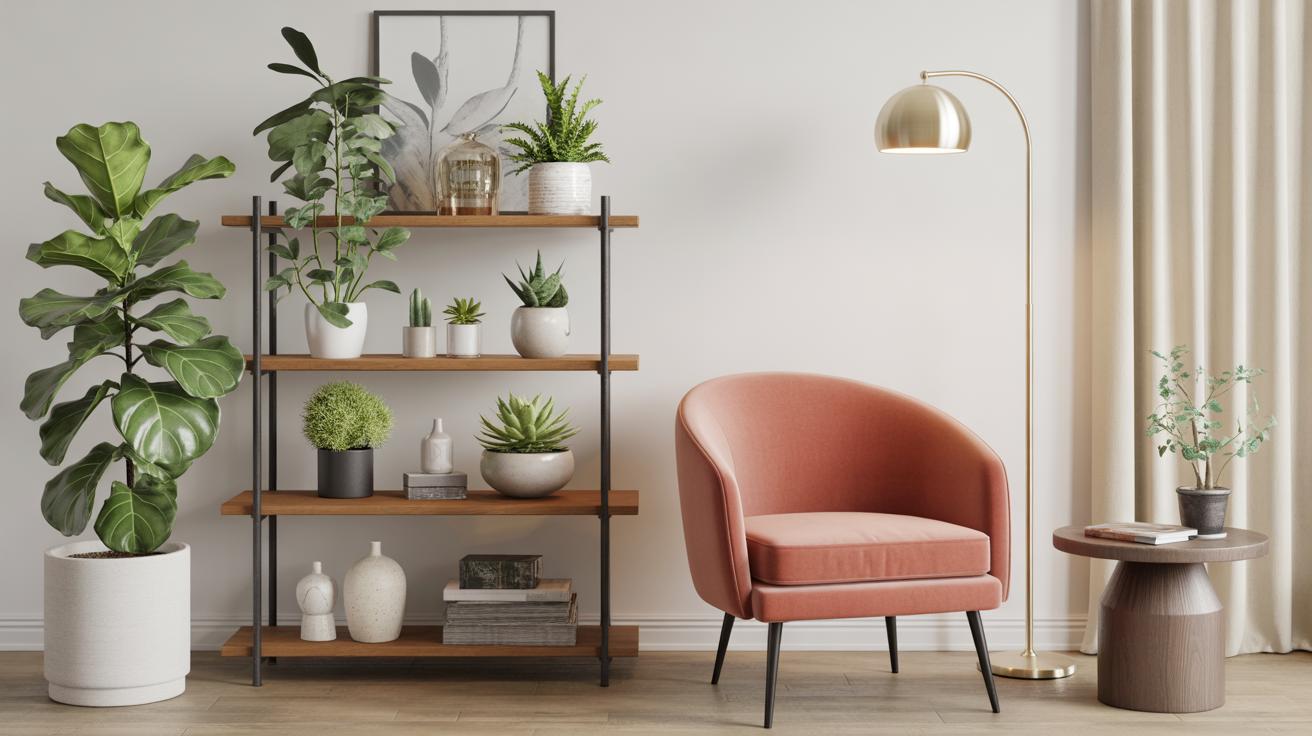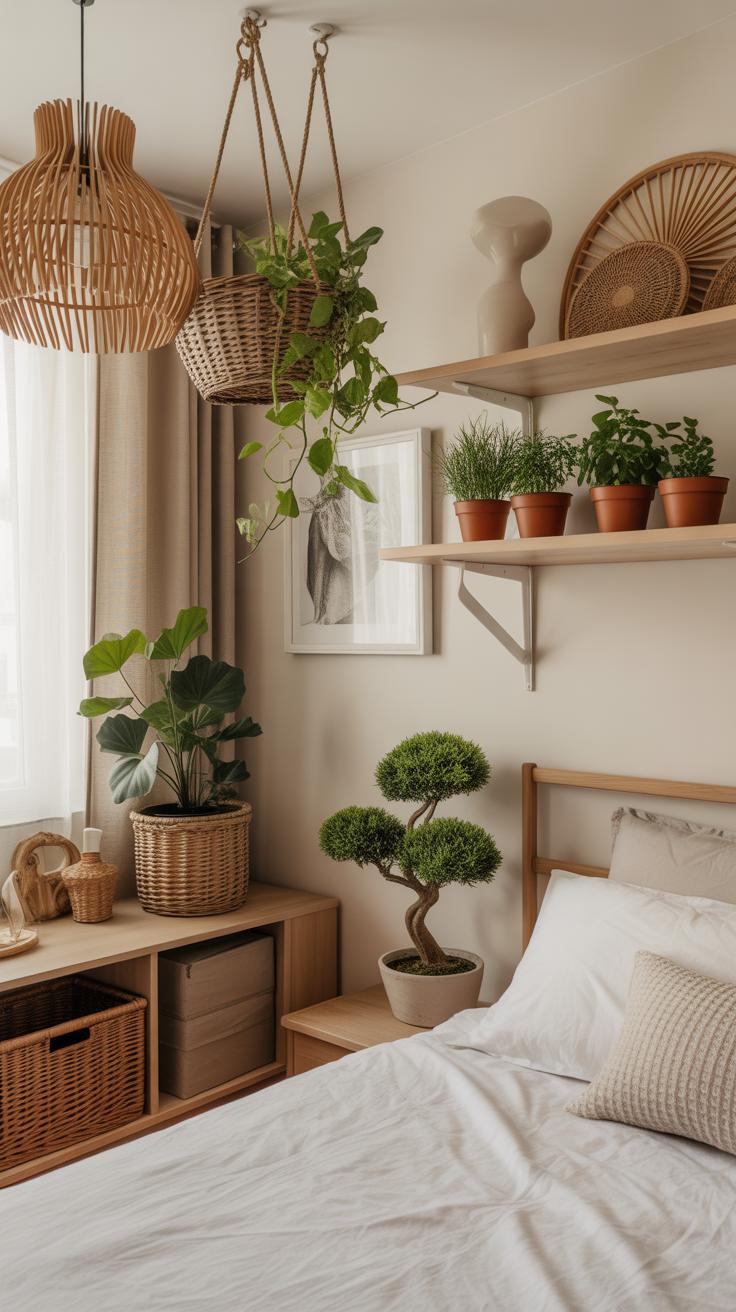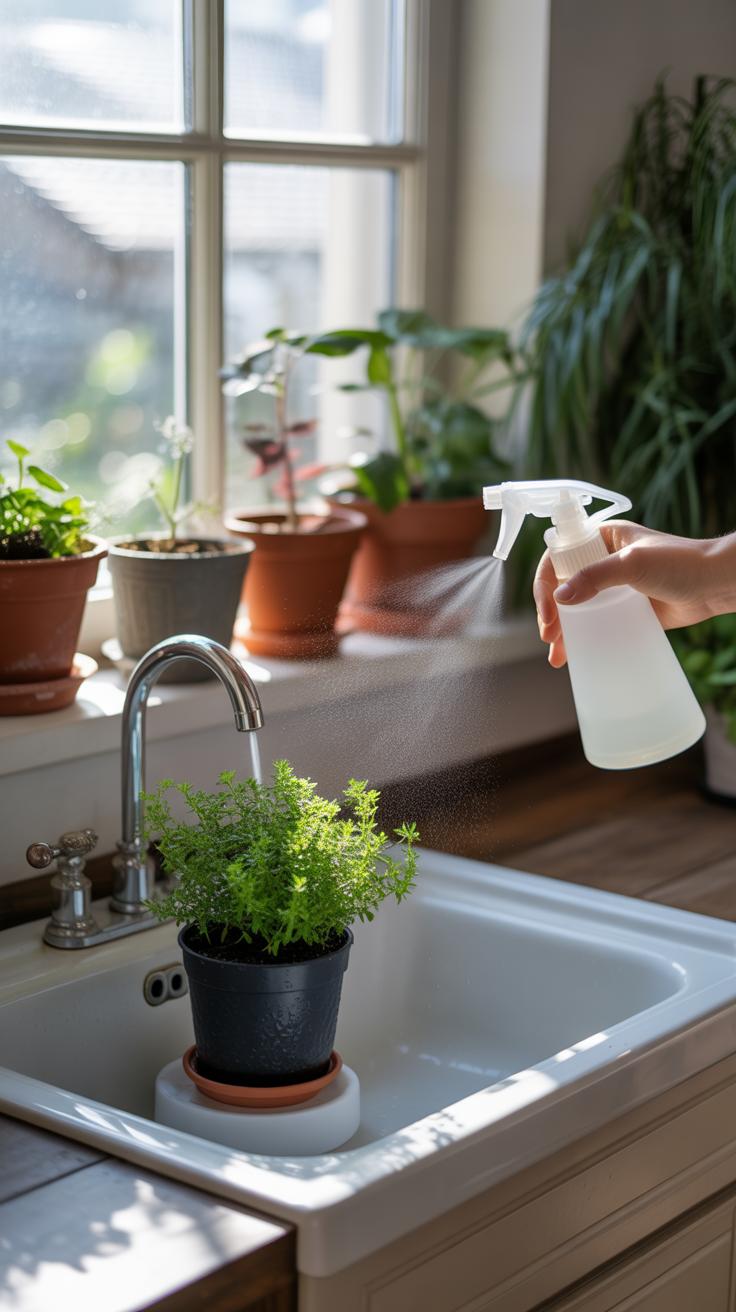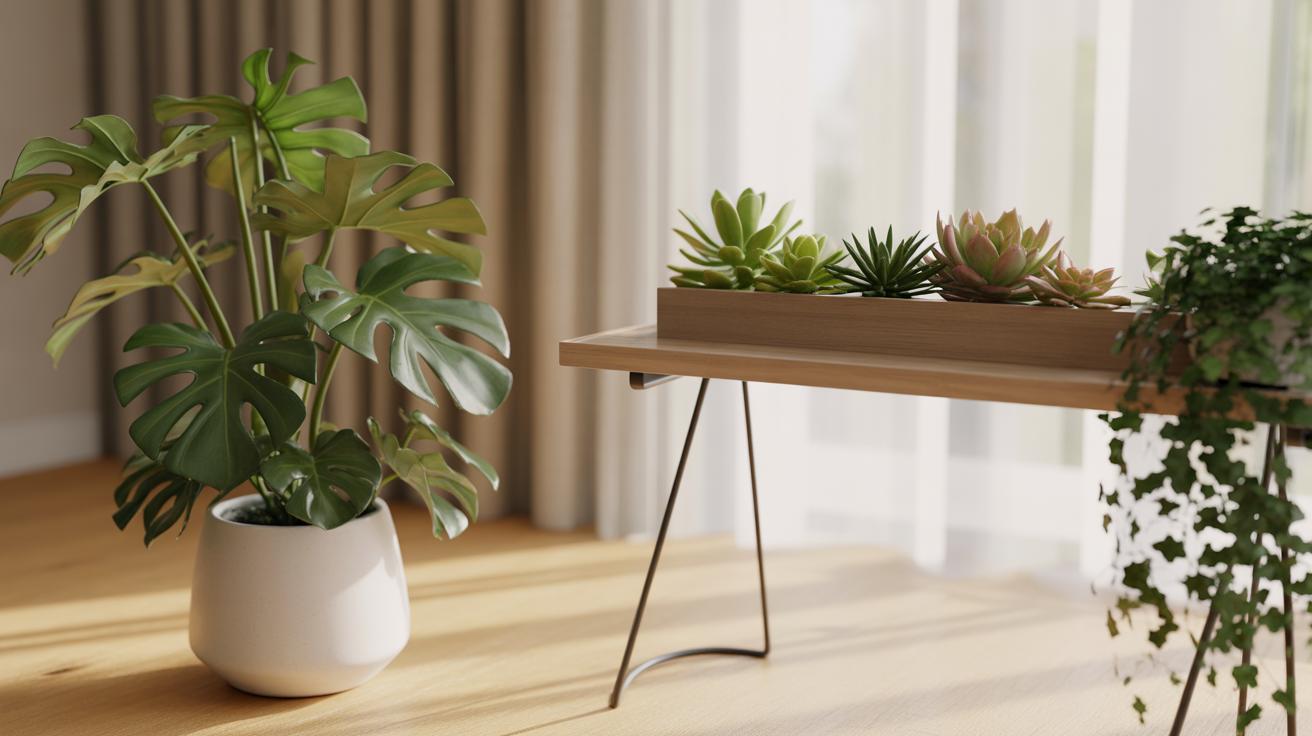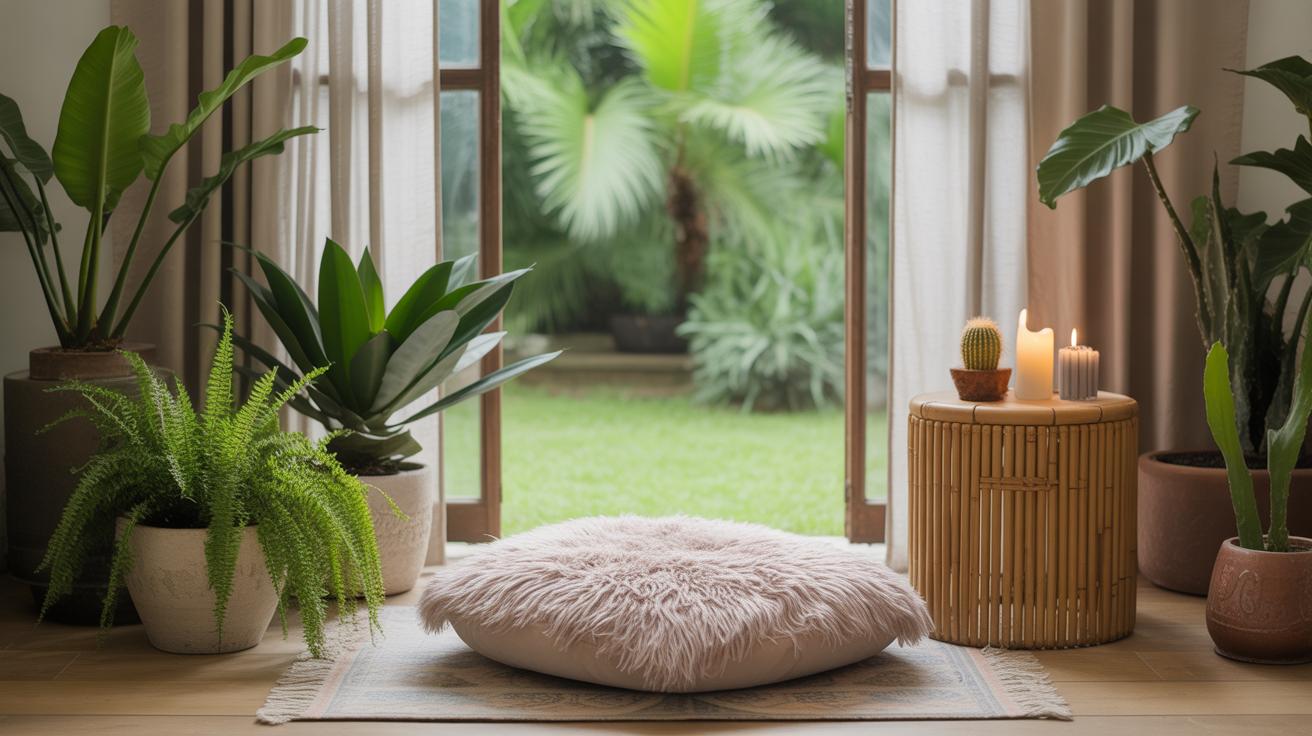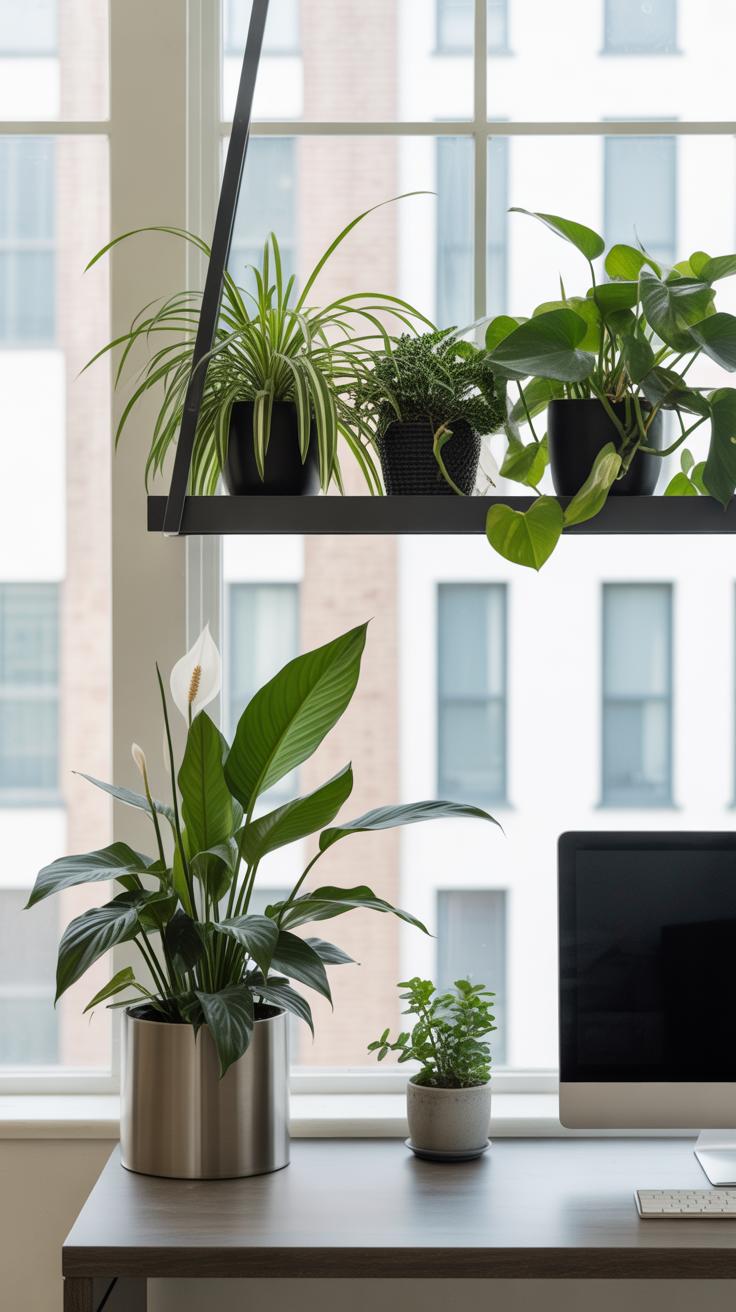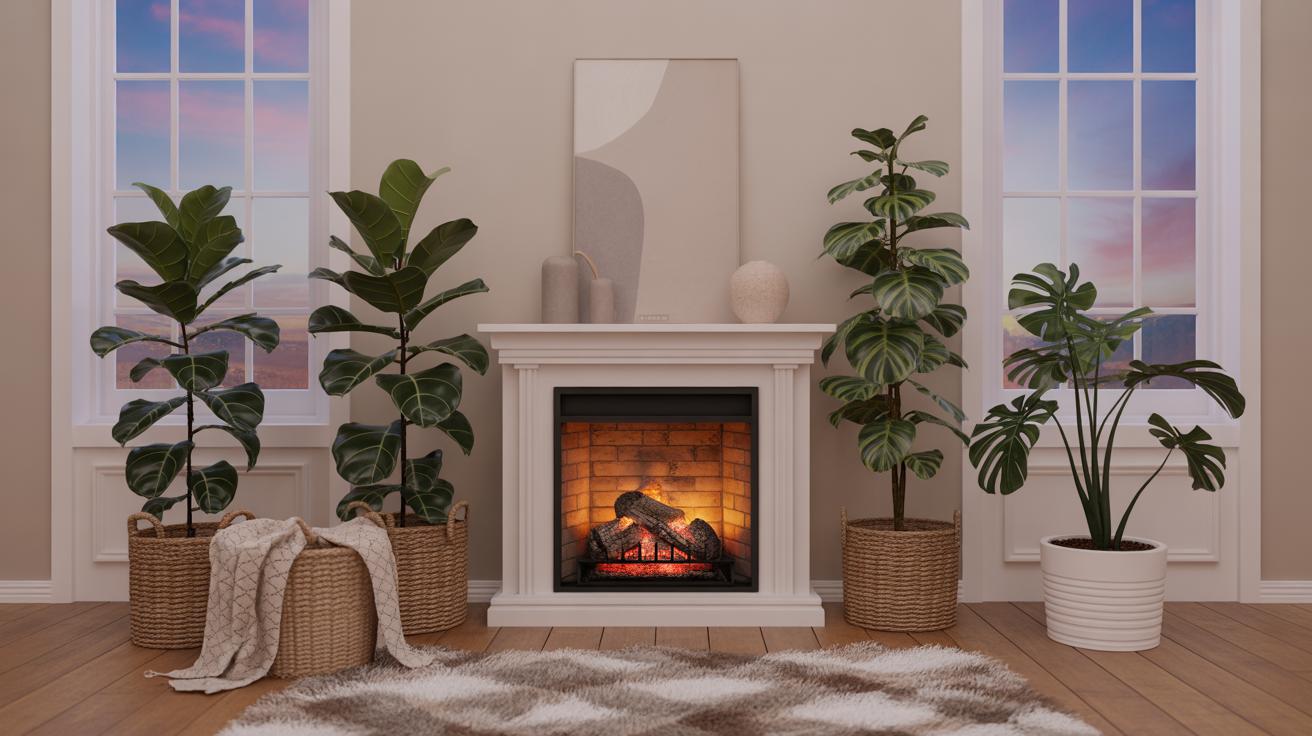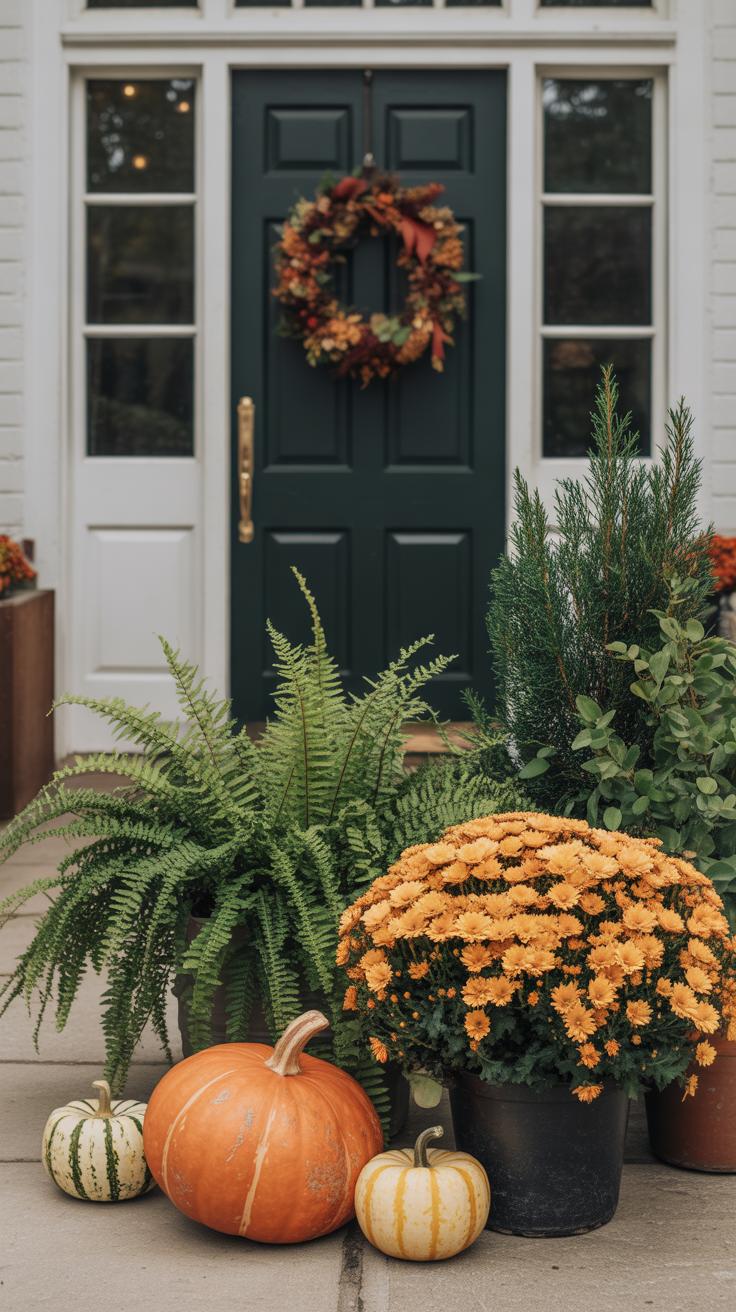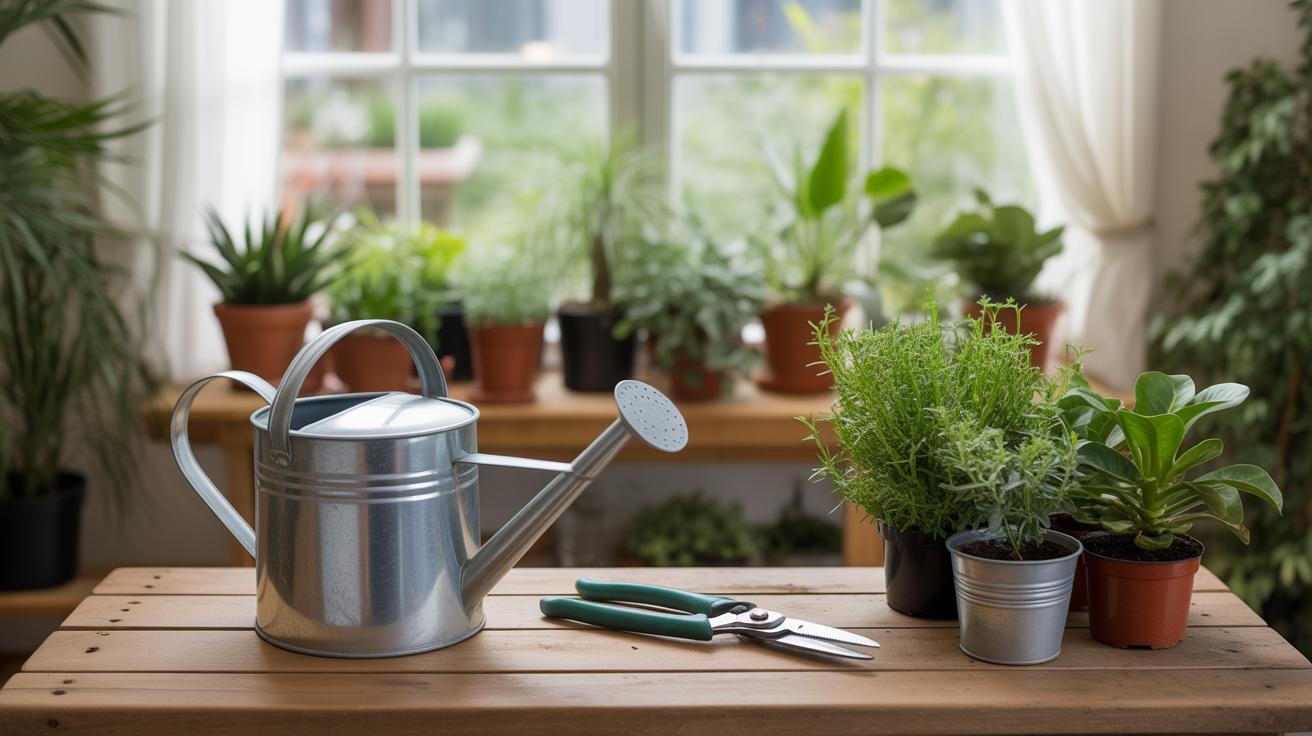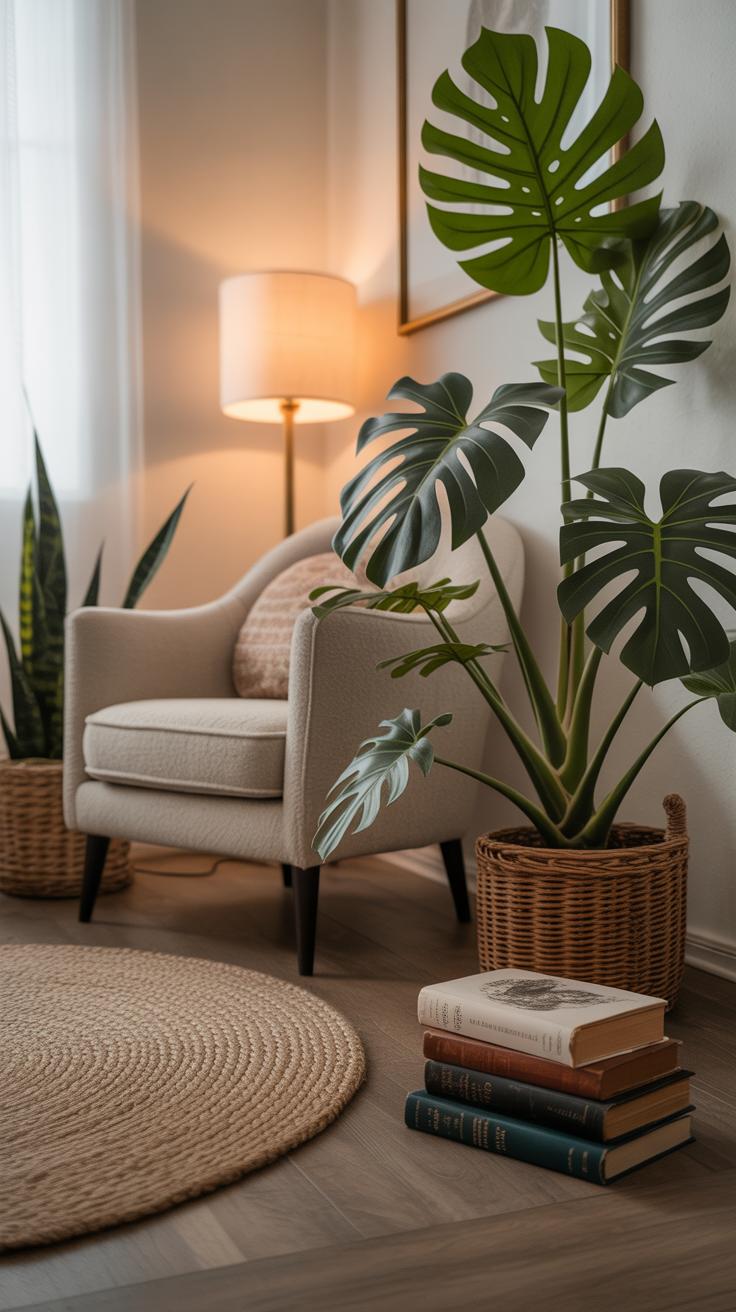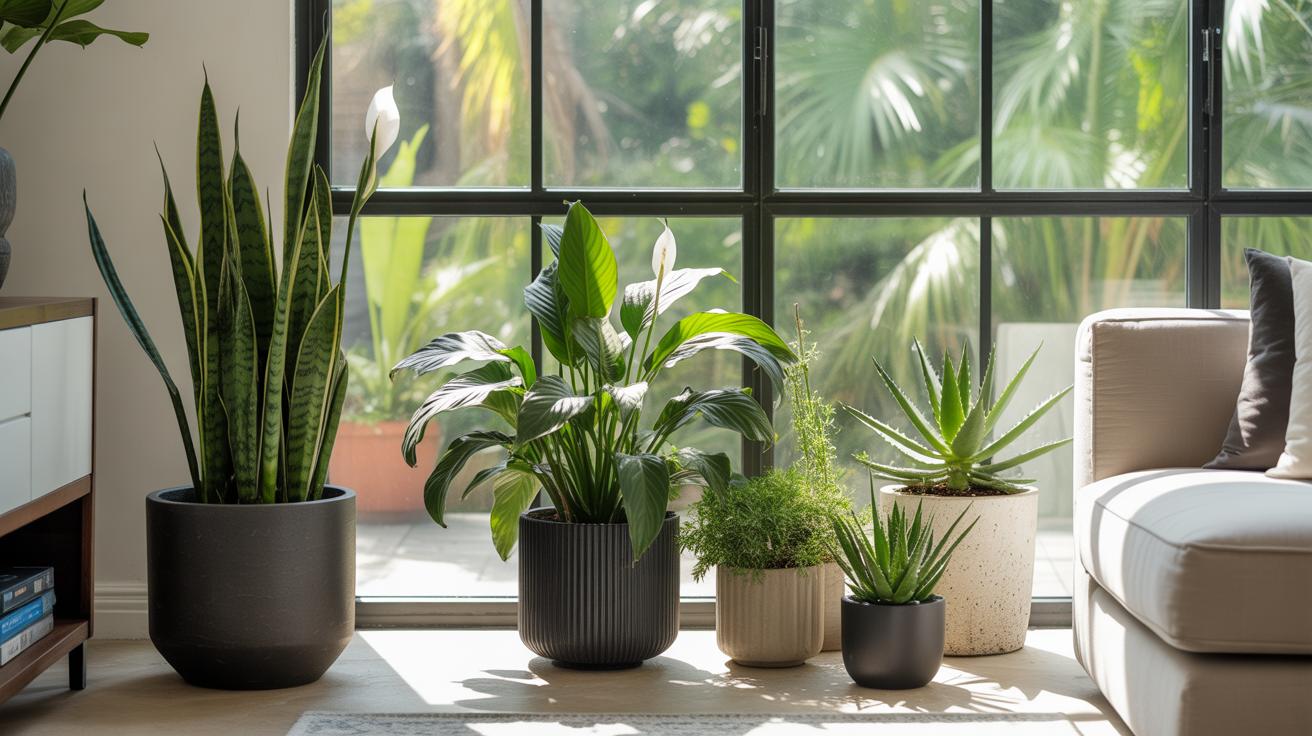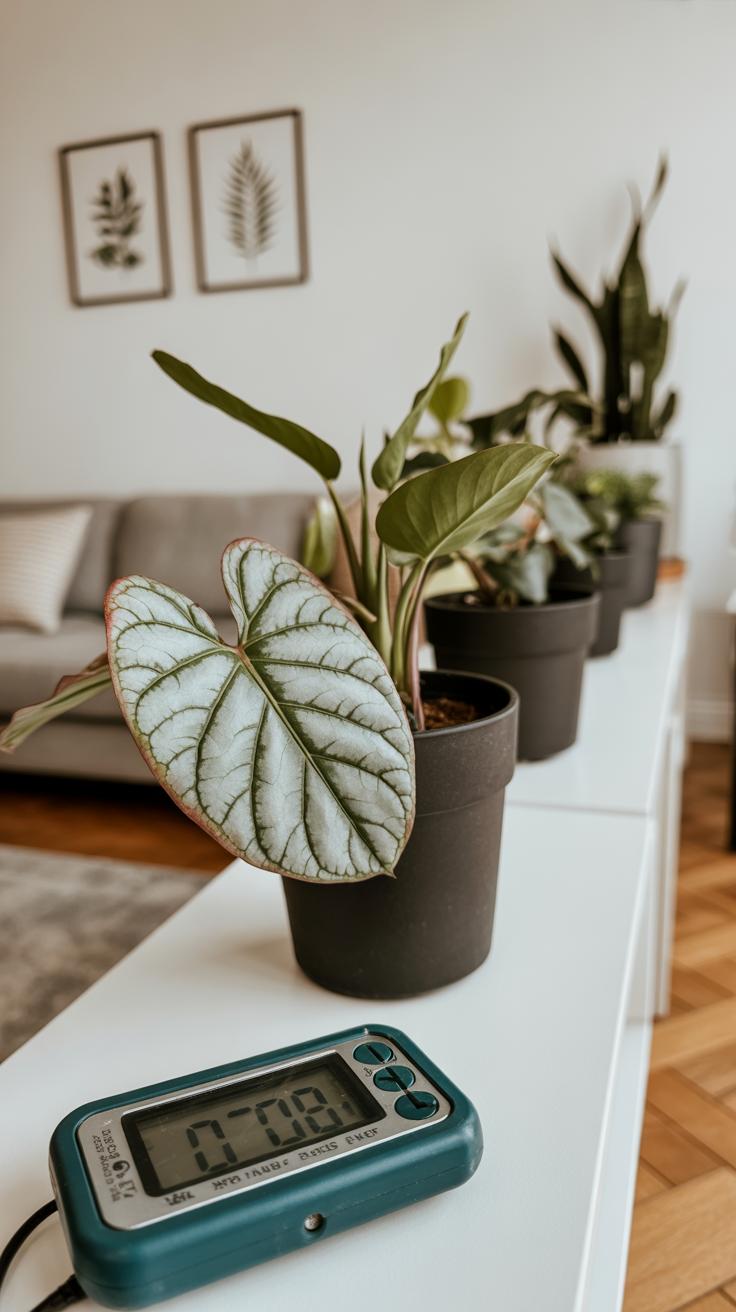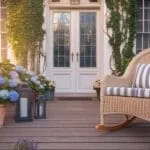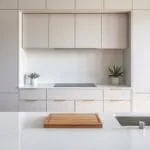Introduction
Indoor plants bring life and freshness to your home. They improve air quality and add a touch of nature to your space. Styling these plants well can make your home look more attractive and cozy. Designers use simple but effective methods to place and care for plants, making rooms feel bright and inviting.
This article explores the best tips from top designers on indoor plant styling. You will learn how to pick the right plants, arrange them thoughtfully, and maintain their health. These ideas will help you use plants not just as decorations but as natural art that suits your lifestyle and home.
Choosing the Right Indoor Plants for Your Space
Picking plants isn’t just about what looks nice. You have to think about where you put them, and how they’ll cope there. The biggest factors? Light, temperature, and space. For example, a north-facing room might only get faint light all day—some plants won’t just struggle, they’ll fail. So you’d want to go for shade-tolerant types like snake plants or ZZ plants. But if your window faces south or west, and sunlight floods in, you can try something brighter like ficus or succulents.
Temperature matters more than you might guess. If you keep things cool and drafty, tropical plants like monsteras might sulk or even drop leaves. Roomy, warmer spots favor those kinds. Then there’s size—your space might be narrow or roomy, or you may want to avoid plants that overgrow quickly. Think about how tall or wide a plant gets over time before planting it on a small shelf where it might soon look out of place.
Matching Plants to Light Conditions
Trying to figure out your room’s light can be a bit tricky. Is the light direct or indirect? How many hours a day? Stand where you want your plant and observe. If it’s not bright enough, maybe avoid plants that thrive in sun. Low-light plants usually have darker or thicker leaves to hold onto moisture. Think about pothos, philodendrons, or peace lilies—they don’t demand much light and often survive neglect.
Medium light means near a window but not in direct sun—this suits a broader range, like spider plants or hoyas. Bright light means direct sunlight for several hours—that’s where succulents or even citrus trees go. But guess what? Sometimes plants surprise you. I once had a fern thrive in a small corner that seemed dim, so trial and error matters too. What if your home’s light shifts over seasons or as furniture changes?
Considering Plant Size and Growth
The size question is tricky because plants change. A tiny seedling might grow into something quite grand in a year. Before buying, check the typical mature height and spread. If your space is limited, look for dwarf or slow-growing varieties. If you love big leafy plants but have only a small spot, a tall narrow plant like a dracaena could work better than a sprawling rubber plant.
Also, consider where you can place it when it’s grown. Will it still fit near your couch? Will it block a pathway? If you have the patience and room, bigger plants add drama and a sense of calm to a space. But be honest—do you want to prune or repot constantly? Sometimes smaller is easier, especially if you’re new to houseplants or forget watering.
Using Planters and Pots Creatively
Choosing Pot Styles That Complement Your Design
Planters do more than hold soil and water—they’re a key part of your room’s vibe. The style and material of a pot can subtly change the way a plant fits into your space. For instance, ceramic pots with matte finishes lean toward a modern or minimalist feel. On the other hand, rough terracotta can lend warmth and a rustic touch. Glass or acrylic pots might highlight a more contemporary aesthetic, while woven baskets bring softness and texture.
Colors matter, too. Neutral tones like white, beige, or gray blend quietly, letting the greenery pop. Bold colors can create a visual anchor, especially if your room’s palette tends toward muted tones. But be careful—too many bright pots might overpower the plants or clash with your decor. When in doubt, I often find myself returning to grounded, earthy hues that feel timeless, though I sometimes crave a splash of unexpected color.
Grouping Plants with Matching Pots
When arranging several plants, pairing them with pots that share a design language can unify the group. Using pots of the same material but varying sizes creates rhythm without monotony. For example:
- A mix of cylindrical concrete pots in different heights can look chic and cohesive.
- Matching terracotta vessels layered with trailing plants add a natural, layered effect.
- A collection of ceramic pots with subtle glaze variations can feel intentional without being too matchy.
Sometimes, matching pots give the illusion of a curated collection rather than a random assembly. But there’s an argument for mixing it up carefully, combining different textures or finishes for an eclectic vibe. In one living room, I tried grouping smooth, glossy pots with a few rough, hand-thrown ones. It wasn’t perfect at first, but it added character and sparked interest.
Does your room lean more classic or eclectic? Your pots can echo that personality. Experiment with materials and groupings until the display feels right to you, because a plant’s container has as much say in your room’s story as the plant itself.
Arranging Indoor Plants for Visual Impact
Placing plants around your room isn’t just about filling empty spots. Think of each plant as part of a scene you’re setting. You want balance, but maybe not perfect symmetry—it’s okay if one corner feels heavier with greenery than the other. This subtle imbalance can make spaces feel more natural and inviting.
Try creating clusters by grouping plants of different sizes and types together. A tall leafy piece with smaller, bushier plants nearby can anchor a corner or draw the eye. When I first started arranging plants, I hesitated to mix them too freely, but mixing textures and heights often brings the most interesting views.
Using shelves or stands is almost like building a mini jungle indoors. Varied heights break visual monotony and add depth. Imagine a low stool with a trailing plant beside a tall stand holding a spiky palm. This layered approach encourages your gaze to wander around the room—and plants look happier when they aren’t crowded on one flat surface.
- Group plants by size and form to give corners new life.
- Don’t feel like everything must be symmetrical; uneven groupings often feel more dynamic.
- Use stands and shelves to create multiple levels—this can make even a small space feel more lush.
Have you noticed how your eye naturally follows a plant cluster before settling elsewhere? That’s the kind of subtle focal point you want—invisible but hard to ignore. Play with these ideas, and see if your room starts to feel a little more alive. Maybe it’s just me, but plants arranged this way seem to change the whole mood of a space.
Incorporating Plants into Different Room Styles
Choosing Plants That Match Your Decor
When it comes to selecting plants that fit a room’s style, you might find that some plants just feel more at home than others. For a modern space, I often lean toward architectural plants—think snake plants or fiddle leaf figs. Their sleek forms seem to echo clean lines and open spaces. Rustic rooms seem to invite more textured, leafy greens like ferns or pothos, bringing a cozy, lived-in vibe. Minimalist interiors thrive with fewer, simpler plants—maybe one sculptural cactus or a small succulent on a windowsill. It’s not a hard rule, of course. If you really love a plant type that doesn’t “match,” sometimes mixing styles pays off in unexpected ways.
Balancing Plants with Furniture and Art
Placing plants around your furniture and artwork can be a bit like a puzzle. You don’t want plants to compete or overwhelm, but instead to complement what’s already there. For example, a tall plant next to a low-profile sofa can add vertical balance, while a small cluster of succulents on a side table can soften sharp edges of modern furniture. When you’re working with wall art, consider whether the plant’s shape and size echo or contrast the frames. I’ve found that if a plant slightly overlaps a piece of art without obscuring it, the two elements start a quiet conversation in the room. But the placement depends on light, space, and how you use the room, so it’s often trial and error. Do you want your plants to draw the eye or quietly fill a corner? That’s a question worth asking yourself.
Caring for Your Indoor Plants
Keeping indoor plants healthy is not always straightforward. Every species has its quirks—some drink a lot, others barely sip; some like dense soil, others prefer it loose and airy. It often takes a bit of trial and error to find the right balance for each plant. For example, succulents need well-draining soil to avoid soggy roots, while ferns thrive in soil that stays moist but not wet. You can almost think of your plants as individuals, each with their own preference.
Watering schedules vary quite a bit, too. A snake plant might go weeks without water, while a peace lily might signal distress within days if left dry. Observing the leaves is usually the best guide—wilted or yellowing? Maybe you’re watering too much or too little. I’ve learned to check the soil first before rushing in with the watering can, and it actually helps prevent overwatering.
Watering and Soil Needs
Some simple ways to keep your watering and soil care in check:
- Match soil type to plant needs—cacti need gritty, fast-drain soils; tropical plants often prefer richer, loamy mixes.
- Adjust watering frequency seasonally—plants often need less water in cooler months.
- Use pots with drainage holes to avoid waterlogging roots.
- Consider self-watering pots or moisture meters if you’re forgetful or have many plants.
Light and Temperature Care
Light is often underestimated but crucial. Some plants demand bright, indirect light—think fiddle leaf figs or rubber plants—while others like low-light corners, such as pothos or zanzibar gems. Sometimes, your space won’t neatly offer the “perfect spot” so trial and error again helps.
Temperature plays a subtle but real role. Most houseplants prefer it between 60 and 75 degrees Fahrenheit. Drafts from open windows or sudden heat from radiators can cause stress—something I only realized after moving a plant around because its leaves started browning unexpectedly.
It’s worth testing different locations, observing how your plants react to changes in light and temperature over a week or two. That slow tuning process seems to do wonders, even if it feels a little uncertain at times.
Using Plants to Improve Indoor Air Quality
Indoor plants do more than just brighten up your space; they also have the ability to improve the air you breathe inside your home. I remember noticing a subtle difference in how the air felt—less stale—when I brought in a few well-chosen plants. It’s not just folklore. Studies have shown certain plants can reduce toxins like formaldehyde and benzene, common in household products.
Choosing the right plants matters, though. Not every green leaf is equally good at scrubbing the air. Picking species known for their air-purifying qualities can make a noticeable impact. It’s almost like having a natural air filter—but you have to know which plants to trust.
Plants That Clean the Air
Some plants have built-in ways to detoxify your indoor environment. Here are a few you might want to consider:
- Spider Plant: Easy to grow and great at removing carbon monoxide and formaldehyde. It tolerates indirect sunlight and occasional forgetfulness with watering.
- Snake Plant: Known for absorbing toxins and producing oxygen even at night. It’s a low-maintenance choice that survives in dim corners.
- Peace Lily: Besides flowering beautifully, it filters out mold spores and VOCs. It prefers shaded spots and soggy soil, so don’t overdo watering.
- Boston Fern: A bit fussier but a good humidity booster while clearing pollutants. Needs moist soil and a bright, indirect light spot.
Each plant’s care differs, so be realistic about how much attention you can give. If you’re prone to neglect, the snake plant might suit you better than a thirstier fern.
Placing Air-Improving Plants Effectively
The location of these plants plays a key role in how well they work. Putting a peace lily in a dim corner won’t leave much room for its air-cleaning magic to operate. Good airflow and proximity to common pollutant sources seem to help.
Think about where you spend most of your time. Near your desk, in the bedroom, or even the kitchen are all practical spots. Kitchens, for instance, can trap smoke and odors where spider plants or snake plants could help.
You might want to rotate plants occasionally, too. Moving them into different rooms can spread their air-purifying effects more widely. Although, truth be told, some plants seem to respond better in specific spots. It’s worth trying a few layouts to see what feels right—and what actually seems to freshen your space.
Seasonal Styling and Plant Rotation
Changing your plant arrangements with the seasons can breathe new life into your space—and it’s helpful for your plants too. As sunlight shifts through the year, where you place your plants matters more than you might think. For example, in winter, when daylight hours shorten and light intensity drops, moving sun-loving plants closer to south-facing windows can prevent them from stretching or wilting. Conversely, during summer’s longer, brighter days, you might want to shift some plants away from direct sun to avoid leaf scorch.
Think about rotating not just where your plants sit, but how you group them. Spring and summer lend themselves to lush, bountiful displays while autumn and winter call for cozier, pared-down setups. Try placing tall, leafy plants alongside smaller ones to create different textures and shapes. Don’t hesitate to swap pots or change stands to refresh the look entirely—sometimes a small adjustment makes the space feel different enough.
When regrouping, consider these points:
- Bring plants with similar light needs together.
- Mix heights and leaf shapes to avoid monotony.
- Rotate plants occasionally so each gets its share of light.
- Switch out a few favorites to reflect the season’s mood.
Honestly, changing plant setups every few months can seem like extra work, but it’s a nice excuse to slow down and notice your plants’ growth—or struggles. Have you found a particular rotation pattern that works with your space? Sometimes I catch myself rotating plants just because I’m tired of looking at the same arrangement, which probably helps more than I realize.
Combining Plants with Other Decorative Elements
Creating styled displays with indoor plants goes beyond simply placing pots around a room. Think about how you can mix plants with items like books, candles, and pottery to build interest and balance. For example, stacking a few well-chosen books next to a leafy fern can introduce height and layers, while a small candle nearby adds warmth and a soft texture that contrasts with the plant’s natural greenery.
Pottery offers another angle—its shapes and finishes can either blend in with or stand out against your plants. Matte ceramic pots complement glossy leaves, while rough stone or terracotta brings a rustic feel that livens up modern spaces. You might even place a low-slung planter on a wooden tray with a cluster of candles to create a mini vignette. These subtle groupings invite the eye to linger.
Don’t be afraid to experiment here. Sometimes a candle slightly overshadowed by a tall plant works well, other times it’s the other way around. What do you want people to notice first? The trick is to mix objects with different purposes and forms, so the display looks deliberate but never too staged.
Mixing Textures and Colors
Mixing textures adds depth that can make your plant styling feel more intentional. Think about pairing a smooth glass vase with the rough edges of a cactus or a fuzzy leaf. Contrasts pull a space together and keep it from feeling flat, but they don’t have to be loud or over-the-top. Sometimes a subtle variation in texture can be enough.
Color plays a key role, too. If your plant has deep green foliage, try placing it near warm-toned decor such as a terracotta pot or a wooden sculpture. Cooler hues like blue-grey ceramics can highlight the freshness of succulents. The clash or harmony of color affects mood. Sometimes you want total calmness, sometimes a bit of visual pop. What kind of energy do you want your space to have?
Even small touches like a woven basket or a linen tablecloth under your plants subtly contribute texture and tone. Remember, textures and colors don’t have to match perfectly. Instead, think of their relationship as a conversation—sometimes calm, sometimes lively.
Building Focal Points with Plants and Decor
Plants can anchor a decorative arrangement by serving as a natural focal point. Place a striking plant—maybe a large fiddle leaf fig or a snake plant—in a bold pot and surround it with objects that complement its scale and shape. By doing so, you give the eye a destination in the room.
Combine elements such as art books, an antique bowl, or a sculptural lamp near your plant to build a cluster that feels curated. You don’t want your display to compete for attention but rather to guide it, gradually revealing layers of interest.
Think about placement carefully. Try rearranging pieces until you feel drawn to that spot in the room. Creating a focal point isn’t just about what you include, but where you put it. It should feel natural, though a touch unexpected—something that makes you pause.
What happens when you change just one subtle piece? Try it. Slight shifts can be surprisingly powerful in how your styled plant displays come together.
Troubleshooting Common Indoor Plant Issues
Recognizing Signs of Plant Stress
You might notice your plant isn’t looking quite right—yellowing leaves, drooping stems, or odd spots can all be signals that something’s off. Some common signs include:
- Leaves turning yellow or brown, often starting at the edges.
- Wilting or drooping, even when the soil is moist.
- Slow or stunted growth, where new leaves seem smaller or weaker.
- Brown spots or patches that appear suddenly.
- Sticky residue, webbing, or visible insects crawling on the plant.
Sometimes it’s subtle, almost easy to miss. But your plant is trying to tell you something—it might be about water, light, or maybe pests. Do you find yourself guessing what’s going on or wondering if you’re overthinking it? That’s normal.
Simple Solutions to Common Problems
Fixing indoor plant problems often involves a little trial and error, but here are some straightforward steps you can take:
- Yellow leaves: Usually a sign of overwatering. Let the soil dry out a bit, and check that your pot drains well.
- Drooping or wilting: Check both over- and underwatering. Sometimes, repotting into fresh soil helps.
- Weak growth: Could signal not enough light—or nutrient deficiency. Try moving your plant closer to a window or feeding it with gentle fertilizer.
- Pests: Wipe leaves with a damp cloth and treat with insecticidal soap. For stubborn infestations, isolating the plant is best.
- Brown spots: Often from fungal issues or inconsistent watering—avoid getting leaves wet and keep airflow steady.
These solutions aren’t foolproof, and every plant reacts differently. But with patience and observation, many plants bounce back. You might find yourself learning a bit more each time you save one. Have you noticed your plant’s mood shift after a small change? That’s the rewarding part.
Conclusions
Indoor plants can transform any room when styled thoughtfully. Understanding the needs of each plant and where to place them is key to success. Using pots, shelves, and natural light smartly creates harmony between plants and your home design. Taking care of plants regularly keeps them healthy and vibrant.
Try these tips and ideas to bring a fresh green touch to your space. Your home will feel more welcoming and relaxing. Remember, styling plants is about making a natural part of your daily life that brings joy and calm.

